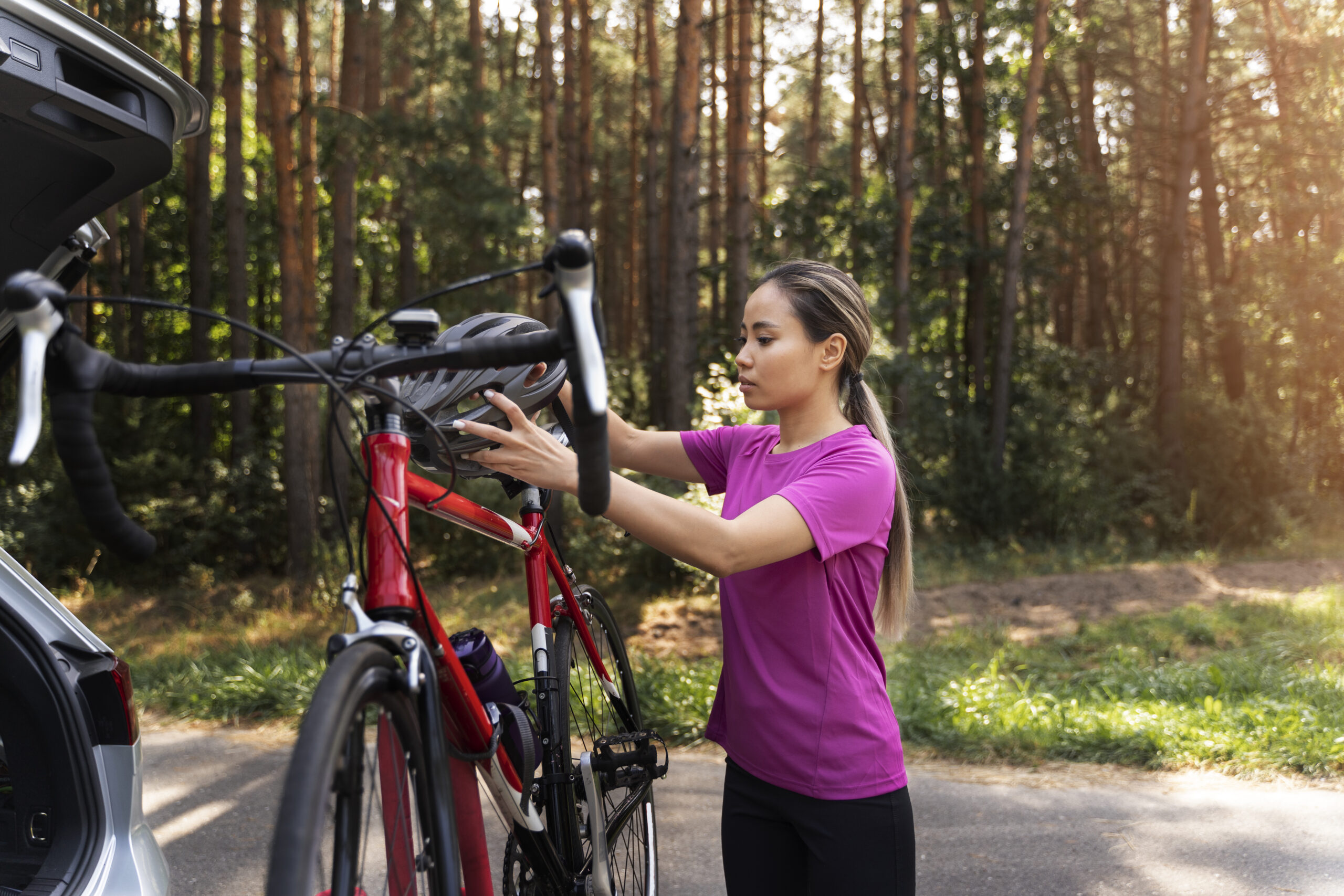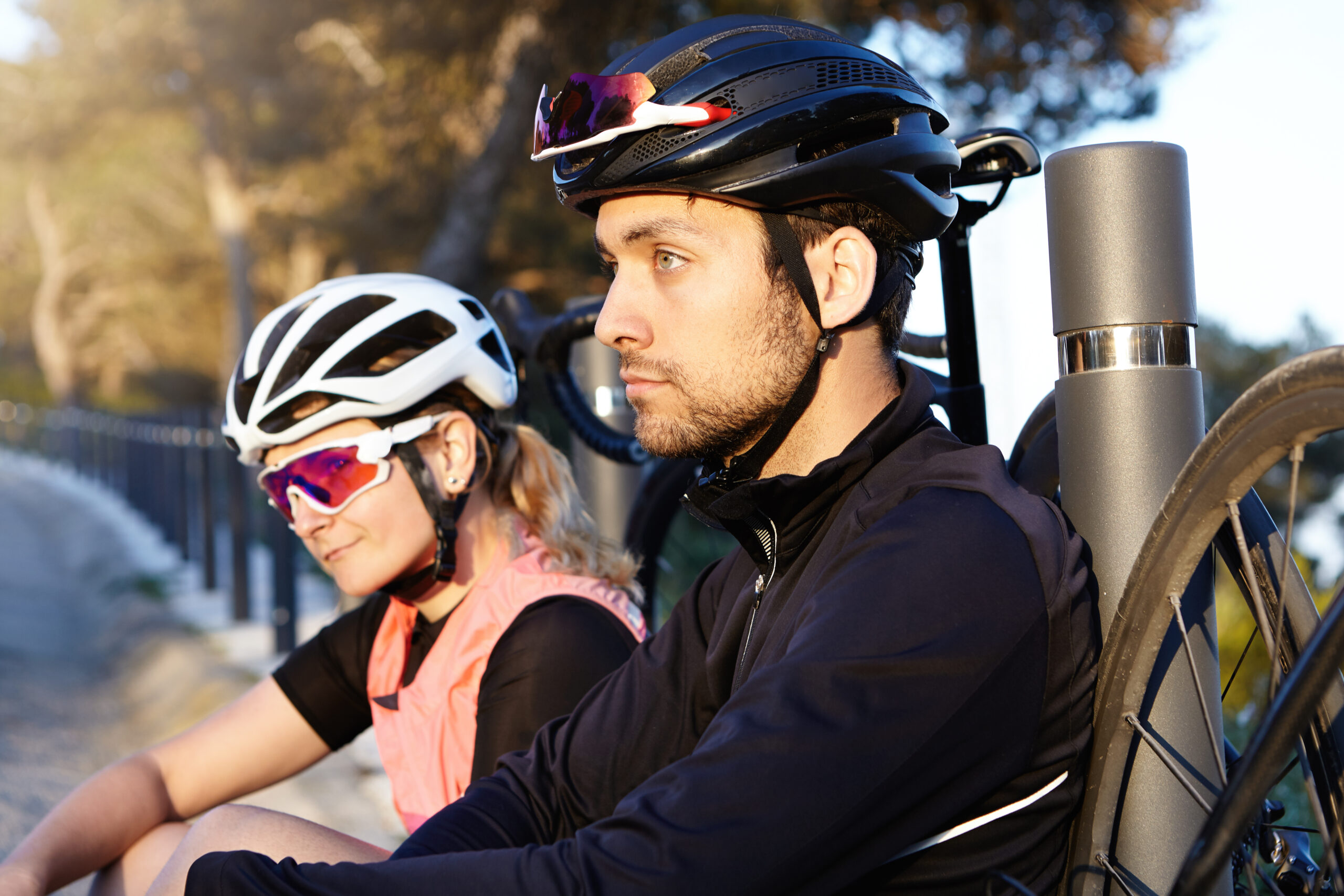- Why should I consider using a car bike rack?
Answer: Car bike racks are an incredibly convenient and safe way to transport your bicycles while traveling. They allow you to free up space inside the car and avoid potential damage to your bike. Furthermore, car bike racks make it easier to transport multiple bikes at once, whether it’s for a family outing or a cycling trip with friends. - How do I choose the right car bike rack for my vehicle?
Answer: When selecting a car bike rack, there are a few factors to consider. Start by determining your vehicle’s compatibility. Check if your car has a trailer hitch, a roof rack, or a trunk/hatchback. Next, consider the number of bikes you typically transport and their weight. Finally, evaluate the types of racks available, such as hitch-mounted, roof-mounted, or trunk-mounted, and choose the one that aligns with your needs and budget. - Is it easy to install and remove car bike racks?
Answer: Most car bike racks are designed to be easily installed and removed, providing convenience and flexibility. Hitch-mounted racks generally require minimal effort, usually involving a simple process of sliding the rack into the hitch receiver and securing it with a lock or pin. Roof-mounted racks usually require attaching them to the existing roof rails or crossbars. Trunk-mounted racks typically have straps that easily secure onto the vehicle’s trunk or hatchback. - Will car bike racks damage my vehicle?
Answer: When used correctly, car bike racks do not typically cause damage to your vehicle. However, it is vital to follow the manufacturer’s instructions and guidelines to ensure proper installation, weight distribution, and bike securing. Improper installation or exceeding the recommended weight limit could potentially lead to scratches, dents, or damage to your car’s finish. - Are car bike racks secure against theft?
Answer: Yes, most car bike racks come with security features to protect against theft. Hitch-mounted racks often have built-in locks that secure the rack to the hitch receiver. Roof-mounted racks often feature locks that secure the bikes to the rack and the rack to the vehicle’s crossbars. Trunk-mounted racks may have cables or straps with locks to deter theft attempts. However, it’s always wise to use additional security measures, such as cable locks, to provide an extra layer of protection. - Can I access my trunk or hatch when using a car bike rack?
Answer: Access to your trunk or hatch depends on the type of car bike rack you choose. Hitch-mounted racks usually allow unobstructed access to your vehicle’s trunk or hatch by quickly tilting the rack away from the car. Roof-mounted racks typically don’t impede trunk or hatch access. Trunk-mounted racks can limit access, so it’s essential to check if the specific rack model allows partial or full trunk opening. - Are car bike racks suitable for all types of bikes?
Answer: Yes, car bike racks are designed to accommodate various types of bikes, including road bikes, mountain bikes, hybrid bicycles, and others. However, it’s crucial to ensure the rack you choose can handle the size, weight, and frame style of your specific bike. Some racks come with adjustable mounts or additional accessories to cater to different types of bicycles. - Can I still park my car in parking garages with a car bike rack installed?
Answer: The suitability of parking garages depends on the height clearance of the garage and the type of car bike rack. Roof-mounted racks generally add height to your vehicle, which may limit access to low-clearance parking structures. However, hitch-mounted and trunk-mounted racks do not tend to affect height, allowing for easier parking in garages. Always consider the height restrictions and remove the rack if necessary to avoid any damage. - How should I maintain and clean my car bike rack?
Answer: To maintain your car bike rack, regularly inspect and tighten all bolts, locks, and straps to ensure stability and security. Clean the rack after each use to remove dirt, debris, and salt residue that can potentially cause corrosion. Use mild soap and water with a sponge or soft brush to clean all surfaces thoroughly, including straps and rubber or foam padding. Always follow the specific care instructions provided by the manufacturer to prolong the life of your car bike rack. - Can I use a car bike rack for other types of equipment or sports gear?
Answer: While car bike racks are primarily designed for transporting bicycles, many versatile models can be adapted to carry additional sports equipment, such as kayaks, skis, snowboards, or cargo boxes. Some racks offer interchangeable attachments or add-ons to cater to various types of gear. Ensure you select a rack that supports your specific needs and consult the manufacturer’s guidelines to determine compatibility with other equipment. - Are there any weight limits on car bike racks?
Answer: Yes, there are weight limits on car bike racks. It’s important to check the specifications provided by the manufacturer before purchasing or using a bike rack. The weight limit can vary depending on the type and model of the rack. Exceeding the weight limit can put unnecessary stress on the rack and compromise its stability. This can lead to accidents or damage to your car and bikes. To ensure safety, always choose a bike rack with a weight capacity suitable for your needs, and remember to distribute the weight of the bikes on the rack evenly. - What safety considerations should I take when using a car bike rack?
Answer: Several important safety considerations should be taken into account when using a bike rack on a car. Firstly, make sure that the rack is properly installed and securely attached to your vehicle. Double-check all straps, hinges, and attachments to ensure they are tight and in good condition. Secondly, ensure that your bikes are properly secured to the rack using sturdy straps or clamps. Be sure to tighten them sufficiently to prevent any movement or shifting during transportation. Additionally, always check the clearance of your vehicle when installing the bike rack to avoid any interference with traffic or low-hanging obstacles. Lastly, regularly inspect and maintain your bike rack to ensure its continued safety and functionality. - How do I install a car bike rack?
Answer: To install a car bike rack, start by choosing a rack that is compatible with your vehicle and bike. Then, follow these steps:
1. Take the time to properly read the manufacturer’s directions.
2. Position the rack on the rear of your car, ensuring it doesn’t obstruct your license plate or lights.
3. Secure the rack to your vehicle using the straps or clamps provided, tightening them securely.
4. Mount your bikes onto the rack, ensuring they are stable and properly attached.
5. Double-check that the rack and bikes are securely fixed before hitting the road.
Remember to always drive cautiously with the rack attached and occasionally check the tightness of the rack during your journey for additional safety. - What materials are used to make car bike racks?
Answer: Car bike racks can be made from various materials, depending on the type and brand you choose. The common materials used are aluminum, steel, and high-density plastic. Aluminum racks are lightweight and corrosion-resistant, making them versatile and easy to install or remove. Steel racks offer durability and strength, making them suitable for heavy-duty use. High-density plastic racks are lightweight and affordable, making them a popular choice for occasional bikers. When choosing a car bike rack, consider the type of material you prefer based on factors such as weight, durability, and price. Always check the specifications provided by the manufacturer to ensure the rack meets your specific needs. - What types of car bike racks are available?
Answer: There are several types of car bike racks available to suit your needs. One common type is the trunk-mounted rack, which attaches to the trunk or hatchback of your vehicle. It is easy to install and suitable for carrying a few bikes. Another option is the roof-mounted rack, which attaches to the roof rails of your car. This type is ideal if you have a lighter bike and want to free up trunk space. If you prefer a more convenient option, the hitch-mounted rack could be a great choice. It slides into your vehicle’s hitch receiver and can carry multiple bikes securely. Choose the type that best fits your requirements and enjoy hassle-free bike transportation!
Car Bike Racks FAQ




